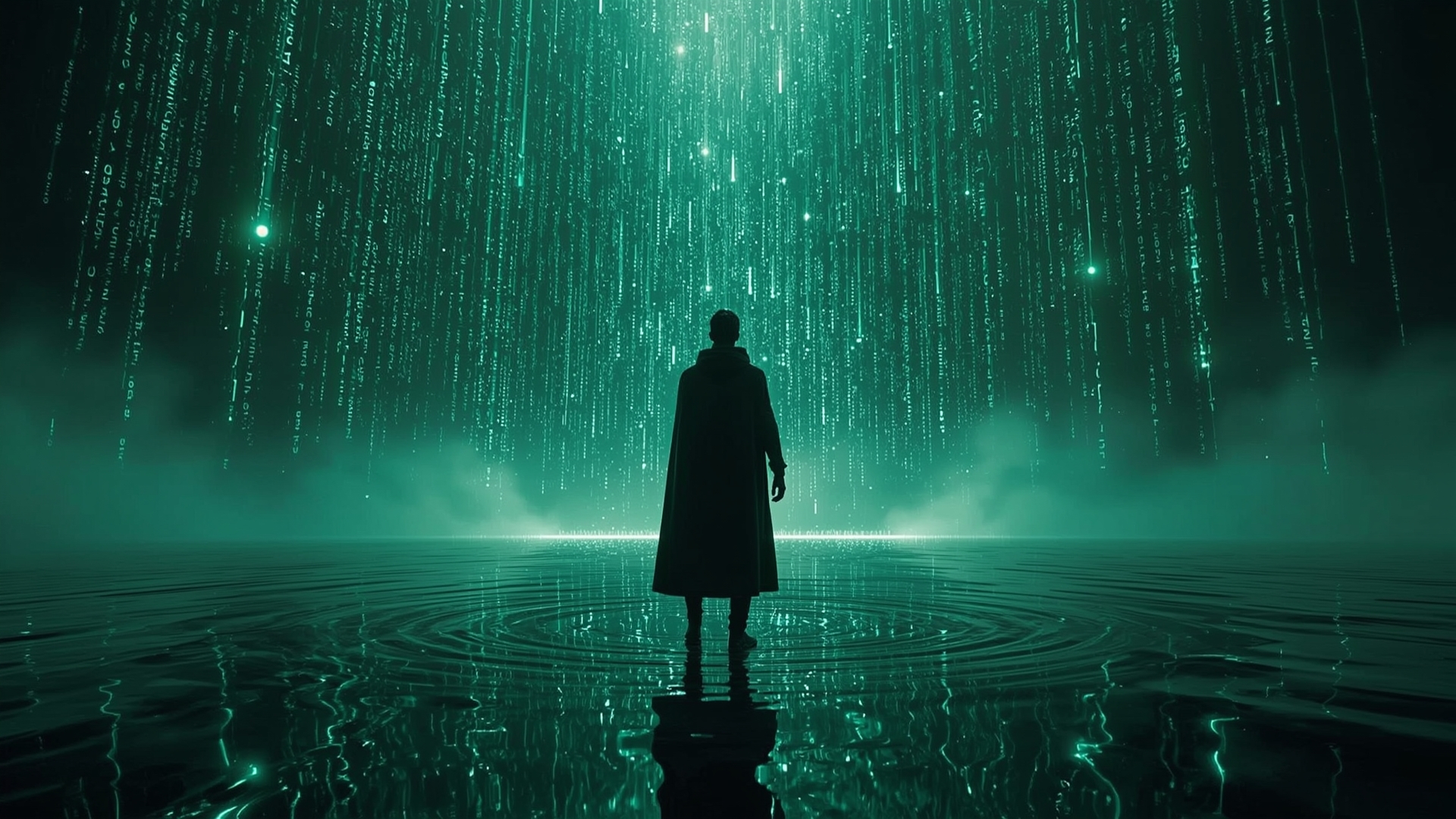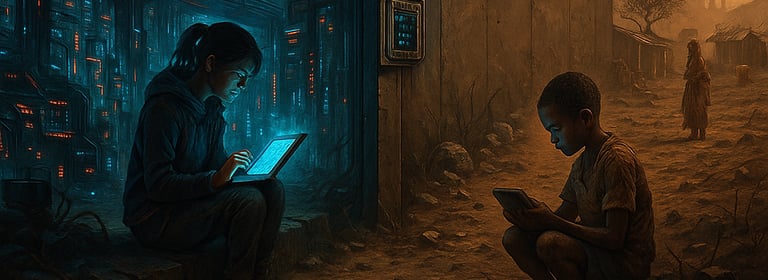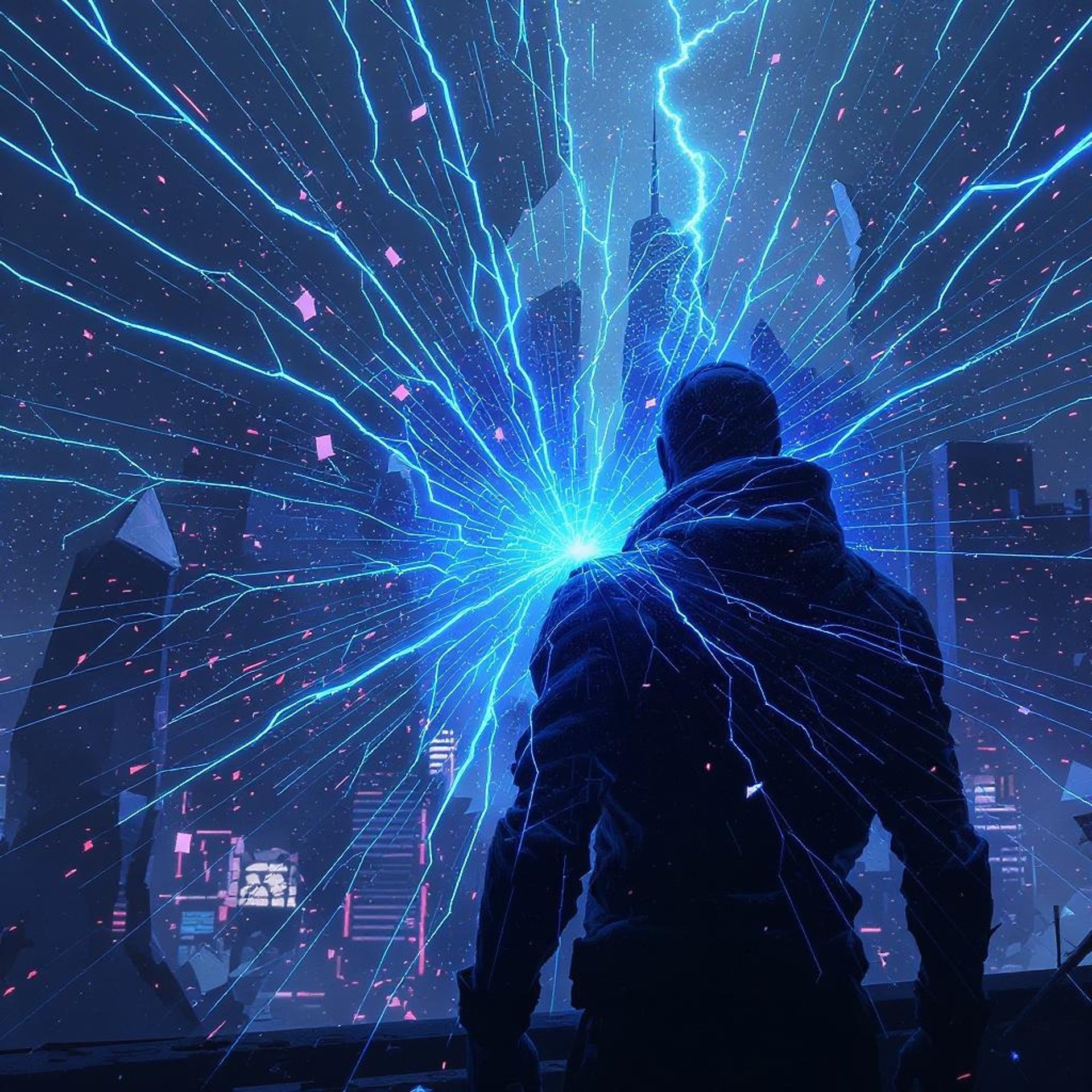
Internet for the Forgotten
Discover how 2.6 billion people are still disconnected in a hyper-connected world. This powerful and immersive guide explores the global digital divide, comparing high-tech regions to those left in the digital shadows. Learn the causes, impacts, and real-world solutions to bridge the gap — from satellite internet to mesh networks. A must-read for anyone who believes in digital inclusion, human dignity, and equal access to opportunity.


A World Divided by Connection
Imagine two children born on the same day—one in Helsinki, Finland, the other in a remote village in Niger. At breakfast, the Finnish child joins a live virtual coding class on a high-speed tablet. Meanwhile, the child in Niger sits on dry earth, watching goats pass by—no electricity, no signal, no network. One future is limitless, the other locked by silence.
This is no exaggeration. In 2024, 93% of people in high-income countries are online, compared to just 27% in low-income nations. Globally, 2.6 billion people remain disconnected—unseen, unheard, and largely forgotten in the digital era.
A Tale of Two Worlds
In Stockholm, a startup founder closes a million-dollar deal via a flawless 5G call. In the Central African Republic, a doctor scribbles prescriptions by hand, unable to access online medical databases due to poor satellite connectivity. In North Korea, citizens live under near-complete digital blackout. In South Korea, citizens enjoy one of the fastest internet connections in the world.
These extremes aren’t just geographical—they’re existential. The difference between access and exclusion defines opportunity, freedom, and the future.
Least Developed Countries (LDCs) see only 35% connectivity, while landlocked nations (LLDCs) struggle with even less—just 39% online. Geography, poverty, and politics collide to shut entire regions out of the internet’s promise.
Where Access is Most Scarce
North Korea: Virtually zero internet access—heavily censored, limited only to elites and state use.
Central African Republic: Over 89% remain offline due to war, displacement, and decayed infrastructure.
Burundi: 88.7% unconnected, particularly in rural zones with no mobile coverage.
Niger and South Sudan: More than 80% of the population has never been online—trapped by extreme poverty and non-existent networks.
In contrast, Western Europe and North America consistently exceed 90% connectivity, reinforced by public-private partnerships, subsidized access, and robust infrastructure.
The Hidden Costs of Digital Exclusion
Being offline today means more than missing social media. It means missing:
Education: Online classes, certifications, and digital schools are inaccessible.
Healthcare: No telemedicine, no e-prescriptions, no real-time medical help.
Finance: No mobile banking, no digital payments, no access to e-commerce.
Emergency Response: No alerts, no online maps, no coordination during disasters.
Why Barriers Still Exist
1. Infrastructure Deficit
Mountains, islands, deserts, and jungles pose physical obstacles. Fiber cables don’t run in war zones. Rainforests can’t support towers. Some regions still rely on unstable, analog communication lines.
2. High Costs, Low Income
In parts of Africa and Southeast Asia, a basic internet plan can cost 10% or more of a household’s monthly income. When data is priced like a luxury item, people choose food over Facebook.
3. Censorship and Shutdowns
Governments in authoritarian regimes intentionally cut internet access to control populations or suppress dissent. These digital blackouts further discourage infrastructure investment.
4. Digital Illiteracy
Even where access exists, millions don’t know how to use it safely. Fear of fraud, confusion with interfaces, and lack of training create a psychological firewall between people and their first click.
How We Bridge the Divide
🚀 Solar Mesh Networks
In parts of rural Kenya and Nigeria, communities are building their own solar-powered, decentralized mesh networks—networks that don’t depend on national providers, yet deliver Wi-Fi to hundreds.
🛰️ Satellite Internet Projects
Low-Earth Orbit (LEO) satellites from companies like Starlink, OneWeb, and Amazon Kuiper are beginning to cover remote regions, from mountain plateaus in Nepal to Arctic villages in Canada.
📦 Offline Learning Tools
"Digital Library in a Box" kits—powered by Raspberry Pi devices—give classrooms full access to Wikipedia, Khan Academy, and open textbooks without requiring live internet at all.
A Starter Kit for the Forgotten
Even with limited access, here’s what a beginner can do:
Start with a basic smartphone—even 3G is enough for learning apps and messaging.
Find a free connection—libraries, NGO-run learning hubs, or community routers.
Use light apps—Opera Mini, WhatsApp Lite, and government service apps.
Protect yourself—set strong passwords, use free VPNs, and update regularly.
Learn locally—tune into community radio, scan printed QR codes, or join free YouTube tutorials in native languages.
A Connected Tomorrow: Our Collective Responsibility
Imagine Amina in Malawi finally sending her handmade jewelry to buyers around the world. Picture Khalid in Afghanistan learning to code and launching his first app from the mountains. See 2.6 billion people moving from darkness into a world of digital light—not through charity, but through dignity, tools, and access.
The internet was supposed to be the great equalizer. But without action, it risks becoming the great divider.
Let’s change that.
One connection at a time.
